Mar 19, 19 · Baking Soda And Vinegar Balloon Lab Report Science laboratory reports are created to communicate the findings of research study, in such a way that is clear to readers You need to not forget to include any additional details, which might be beneficial for readers Composing a good science laboratory sample is vital if you wish to make your research and yourFeb 01, 19 · Baking soda and vinegar have an acidbased reaction, which results in the gas that fills the balloon Baking Soda and vinegar react chemically we know that much simply by observing the experiments We can see the chemical reaction What it is about the two ingredients that react in such phenomenally cool ways?Vinegar (acetic acid) baking soda (sodium bicarbonate) triple beam balance flask Alkaseltzer tablets (23 per group) zip lock bags (1 for first lab and additional bags for possible usage in second experiment) balloons (for possible usage in second experiment) SAFETY NOTE Safety goggles and aprons must be worn

Title Of Your Project Your Name Purpose Why Are You Conducting The Experiment Or What Question Are You Trying To Answer Ppt Download
Vinegar and baking soda balloon experiment results
Vinegar and baking soda balloon experiment results-The purpose of this experiment was to discover how the mass of baking soda and vinegar reacting would differ if the escaping gas was contained in the Ziploc bag or if it were allowed to be released Hypothesis Part A Baking Soda NaHCO 3 and Vinegar C 2 H 4 O 2 If Baking Soda (NaHCO 3) is mixed with vinegar (C 2 H 4 O 2How to Blow Up a Ballon with Baking Soda & Vinegar!



Please Help I Don T Have Time Or The Ingredients To Do The Experiment Materials Baking Brainly Com
2 days ago · Step 3 The Baking Soda and Vinegar Reaction Vinegar is a weak solution of acetic acid (usually 5%) The other product of the reaction is sodium acetate, which you can use to make Hot Ice For the science buffs in the family, the chemical reaction in the baking sodavinegar mixture can be written as CH3COOH NaHCO3 = CH3COONa CO2 H2OAug 30, 17 · Baking soda and vinegar are both innocuous chemicals that most people keep around the house for cleaning and cooking purposes, but when you mix them together, the results can be exciting Baking soda is sodium bicarbonate, and when it mixes with the acetic acid in vinegar, the reaction produces carbon dioxideNov 18, · The experiment and result of it supported our hypothesis that the bubbles would float on top of the mixture of the baking soda and vinegar It did this because when we combined the baking soda and vinegar it had a chemical reaction that produces carbon dioxide gas
When you added the baking soda to the vinegar, the two combined to make carbondioxide gas, which inflated the balloon The expansion of the balloon changed the weight of your sealed flask because you and your entire experiment are submerged in a fluid air Just like water, air is a fluid, and fluids buoy up objectsDec 14, 19 · Using the funnel, put the baking soda into the balloon Pour the vinegar in the bottle Now attach the balloon to the opening of the balloon in such a way that it fits closely, without leaving any gap Hold the balloon up so that the baking soda falls into the vinegar inside the bottle Wait for a few minutesWe could have kept going with this all afternoon!
Apr 22, 13 · Our Mega Baking Soda and Vinegar Experiment Results Adding vinegar to baking soda gives you an immediate reaction Adding baking soda to vinegar, the reaction is delayed, but then fizzes the same amount More vinegar is better A 12 to 1 ratio of vinegar to baking soda caused a fizzing explosion!And after the oohs andHttp//bitly/1ZUlufx#socraticakids #socraticakidsscienceVinegar Baking Soda Balloons = FIZZY FUN!



Blowing Balloon Using Vinegar Baking Soda Experiment Science Fair Project Youtube
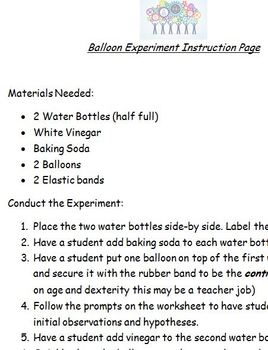


Balloon Baking Soda And Vinegar Experiment Data Collection Sheet
A few years ago we explore chemistry with a baking soda and vinegar experiment with balloons To celebrate Earth Day we use an earth balloon and really made the scientific point about expanding air To celebrate Earth Day we use an earth balloon and really made the scientific point about expanding airCreating a reaction between baking soda and vinegar is a classic science experiment that kids of all ages love to watch We've actually used the mixture in a few different science experiments ourselves including our green themed experiment and our soda bottle speed boats But adding a balloon to the mix just ups the fun factor and makes it seem like a brand new experiment allApr 13, · This experiment demonstrates how states of matter can change – mixing a solid with a liquid to create gas!



11 Docx Title Self Inflating Balloon Problem Statement Does A Balloon Blow If You Put Baking Soda And Water Together Hypothesis If You Had Baking Soda Course Hero



Science Project How To Inflate Up A Balloon With Liquid Ppt Video Online Download
The variable that is changed in an experimentThe science, behind this balloon baking soda experiment, is the chemical reaction between the base {baking soda} and the acid {vinegar} When the two ingredients mix together the balloon baking soda experiment gets it's lift!The baking soda/vinegar balloons is a fascinating demonstration of acid base chemistry Vinegar is water with about 3 percent of a chemical called Acetic acid Baking Soda is a compound called Sodium Bicarbonate, also known as Sodium Hydrogen Carbonate (NaHCO 3), and is a base So the reaction occurs



How To Inflate A Balloon With Baking Soda Vinegar Youtube



Use Vinegar And Baking Soda To Blow Up A Balloon Discovery Express
Sep 04, 15 · It was approximately 1 cup of vinegar Gently stretch the opening of the balloon over the opening of the bottle Make sure the balloon is draping down at the side to keep the baking soda from falling in Lift the balloon so that it is completely upright allowing all of the baking soda to fall into the vinegarTweet about this video!Fun Science Experiments // Baking Soda and Vinegar Balloon ExperimentIncludes BOTH US size and Australian sized files/spelling!This fun, simple science experiment is an excellent hands on cost effective way to show children the three different states
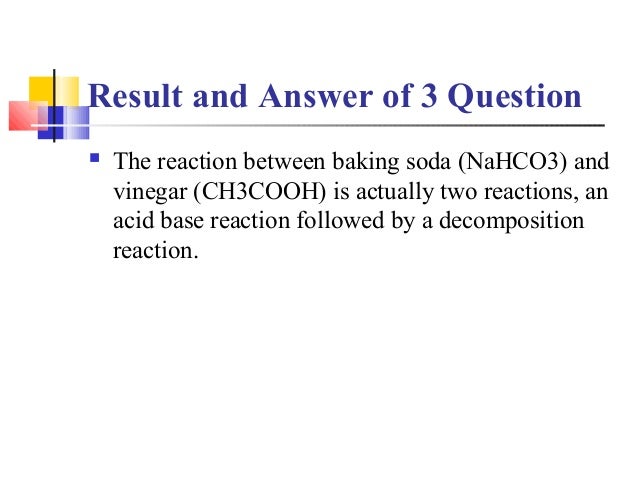


How To Inflate A Balloon Using Baking Soda And Vinegar
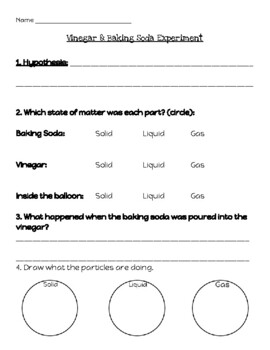


Baking Soda And Vinegar Balloon Experiment Worksheets Teaching Resources Tpt
The first time, the balloon didn't blow up enough to measure, so I doubled the amount of vinegar and baking soda Then, all of the balloons blew up completely so there was no difference between any of the balloons I decided to increase the amount of baking soda and vinegar by only 50% and this worked Measure 15 ml of baking soda using a measuring spoonOf course, any time you use balloons, always, always supervise the kidsThe results of my data table are that on Trial 1 each volcano shot 1/4 of an inch high After doubling the "reaction" ingredient the baking soda and vinegar volcano shot up double compared to its first trial The Mentos and Diet Coke volcano did not bubble pass the rim
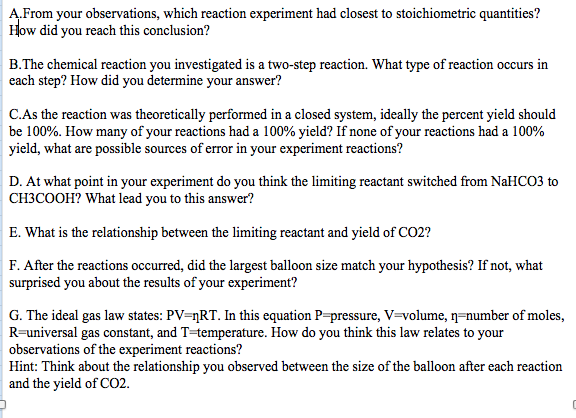


Solved I Just Completed An Online Biochem Lab And I Am St Chegg Com



Science Birthday Party Blow Up That Balloon Experiment Thriving Home
Jul 14, 18 Set up a balloon baking soda and vinegar science experiment for kids Blow up balloons with a chemical reaction between baking soda and vinegar Fun scienceSep 22, 15 · The only thing that stopped them is that I ran out of baking soda (and we popped a few balloons) By the way, we've tested out the best way to get the best reactions from baking soda and vinegar experiments Check out the results we had!The science, behind this balloon baking soda experiment, is the chemical reaction between the base – baking soda – and the acid – vinegar When the two ingredients mix together the balloon baking soda experiment gets its lift!


Science Club Reaction Of Vinegar With Bicarbonate Of Soda



Baking Soda And Vinegar Balloons
This is a very fun and easy science experiment for kids!!!Hey Everyone and welcome back to the labIn thiJan 31, · The reaction between baking soda (sodium bicarbonate) and vinegar (dilute acetic acid) generates carbon dioxide gas, which is used in chemical volcanoes and other projectsHere is a look at the reaction between baking soda and vinegar and the equation for the reactionThis lab demonstrates the reactivity of two household cooking items, baking soda and vinegar Baking soda is a powdered chemical compound called sodium bicarbonate, and vinegar includes acetic acid These 2 components react in solution to form carbon dioxide, water, and sodium acetate as shown in the chemical reaction below
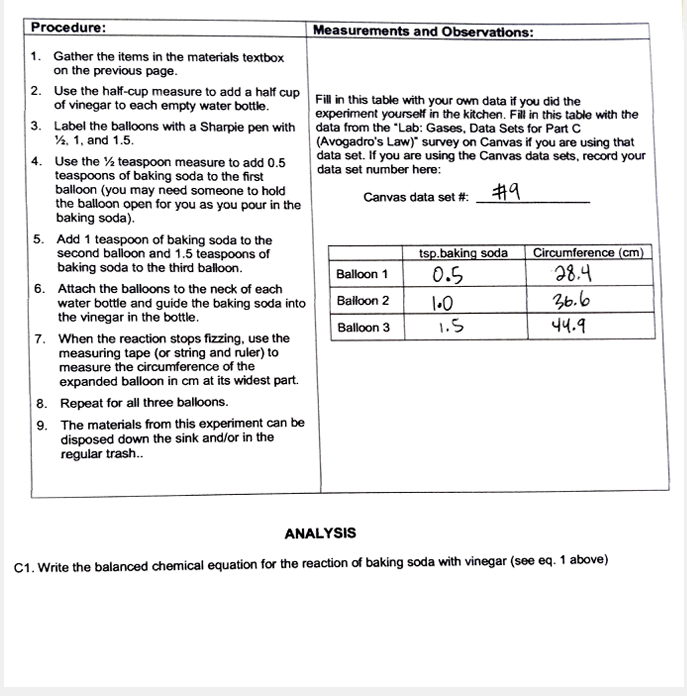


Solved Thank You For Part C The Only Data Given Was Of T Chegg Com



Scientist Squad Diy Baking Soda And Vinegar Science Experiments For Kids Blowing Balloon Valcano Balloon Magic Facebook
A few household items will cause a balloon to inflate in this cool craft project and science experiment!Scientific Method Hypothesis My hypothesis is that the acid and chemicals in vinegar (acetic acid) and the chemicals in baking soda (Sodium bicarbonate) when mixed will cause a reaction that will inflate the balloon Conclusion/Results After doing my experiment, my results were that when vinegar mixes with baking soda the reaction will cause the gas particles to inflate the balloonFeb 01, 17 · Tap the straw to get the baking soda to fall out, and repeat until the balloon is at least 1/3 of the way full Step 3 Stretch the neck of the balloon over the top of the bottle Be careful not to spill the baking soda while you do this Hold the balloon's neck with both hands and stretch it over the top of the plastic bottle containing vinegar



Leavener Lineup Getting Started How Do We Use Chemical Reactions In The Kitchen Hands On Experiment Year Levels 4 5 Curriculum Links Pdf Free Download



Please Help I Don T Have Time Or The Ingredients To Do The Experiment Materials Baking Brainly Com
1 Pour the vinegar into the bottle For 1/2 a cup of baking soda the reaction time was 495 seconds This is an example of a reaction between an acid ( lemon juice/vinegar ) and a base The science and explanation to this baking soda balloon experiment The baking soda, and vinegar are mixing together to form a gas called carbon dioxide3 tablespoons of vinegar;That lift is the gas produced from the two ingredients is carbon dioxide or CO2



Build A Fizz Inflator Sciencebob Com



Baking Soda And Vinegar Balloon Experiment For Kids Science Experiments Kids Kid Experiments Balloon Experiment
Apr 05, 19 · Fill a water bottle onethird full of vinegar Put a funnel in the neck of a balloon, and hold onto the balloon neck and funnel Have your child pours in enough baking soda to fill the balloon halfway Slide the funnel out of the balloon and have your child hold the portion of the balloon with the baking soda in it down and to the sideMay 12, 18 · When the vinegar and baking soda combine there is a reaction between an acid and a base Vinegar is the acid and baking soda is the base This reaction between the two causes a gas called carbon dioxide to bubble and foam This gas having nowhere else to go, expands the balloon making the selfinflating balloon happen Want More Baking Soda and VinegarApr 10, 18 · 1 teaspoon baking soda;
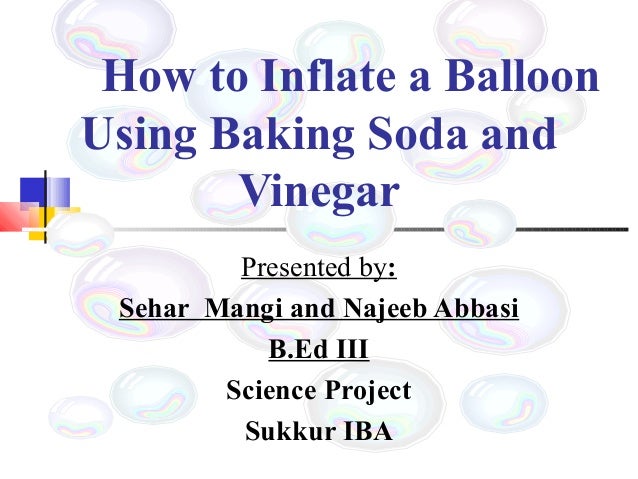


How To Inflate A Balloon Using Baking Soda And Vinegar



Baking Soda Vinegar Lab Lesson Plans Worksheets
One nice thing about this experiment is that it is perfect for multiple ages Summary Vinegar is placed in a soda bottle and a baking sod a filled balloon is attached The mixing of the baking soda and vinegar results in the balloon expanding Estimated Time 15 – minutesThe dependent variable is the balloons inflation ( it is depended on the vinegar and baking soda) The independent variable is the amount if vinegar and baking soda used in the experiment Independent variable Any variable whose value is not dependent on any other in the equation;Jul 06, 17 · Fill the empty plastic bottle about 1/4 to 1/2full with vinegar While making sure to keep the baking soda down in the top of the balloon, attach the mouth of the balloon to the mouth of the plastic bottle When you're ready, tip the balloon up vertically, so that the baking soda falls into the vinegar



Baking Soda And Vinegar Balloons



Pdf Baking Soda And Vinegar Rockets
The things that were the same were the amount of baking soda and vinegar The thing that was different is that instead of leaving the bottle of the vinegar and baking soda open (like the open system), the baking soda was in a balloon and got poured in the vinegar to cause the balloon to inflate (closed system) 3Sep 11, · The baking soda will quickly react with the vinegar in the flask, creating carbon dioxide gas as one of its products, causing the balloon to quickly inflate After the reaction is complete the balloon will remain inflate You can pop the balloon with a tack if you wish to confirm with the students that the balloon was filled with gasSep 12, 13 · Try not to let any baking soda into the bottle as you do this Finally, when you are ready for some magic, lift the balloon to allow the baking soda to fall into the bottle As soon as the baking soda hits the vinegar, a chemical reaction takes place that produces carbon dioxide This gas is what inflates the balloon!
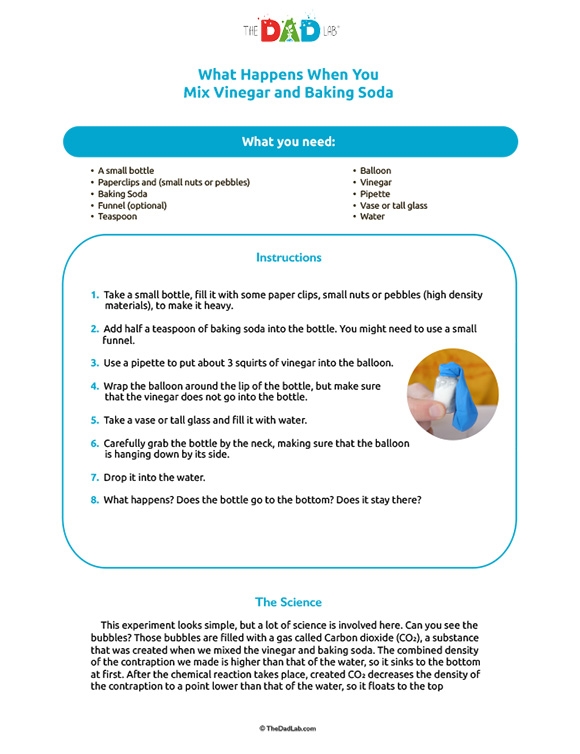


Printables Baking Soda Vinegar Experiment Hp Official Site
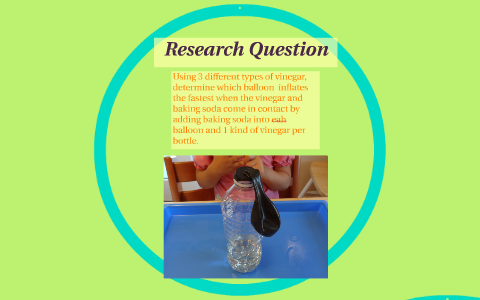


Research Question By Zaria Williams
May , · Using a funnel to add the baking soda to your balloon balloon Pour the vinegar into the bottle Carefully fit the balloon over the bottle opening, but do not drop the baking soda into the vinegar yet Once the balloon is completely over the cap, hold up the balloon and allow the baking soda to fall into the vinegarUse vinegar and baking soda to release carbon dioxide gas and fill up a balloon A chemical reaction occurs when one or more reactants (like baking soda and vinegar) change into a new product (carbon dioxide) In this case, it cannot be undone to get the baking soda and vClean a 1 liter bottle and let dry Using a funnel, add 1 teaspoon of baking soda to the bottle Place the small end of the funnel into the opening of the balloon Hold carefully and pour the vinegar into the balloon



Baking Soda Vinegar Balloon Worksheets Teaching Resources Tpt



Baking Soda And Vinegar Powered Car Stephanie Barnes
Kids Science Experiments SJun 08, · Like our giant balloon baking soda experiment, this is experiment is an acid/base reaction Vinegar is acidic and baking soda is a base When you mix an acid with a base, two new chemicals form, carbonic acid and sodium acetate The new acid then decomposes into water and carbon dioxide which causes bubbling



Data Results Self Inflating Balloons



Data Results Self Inflating Balloons
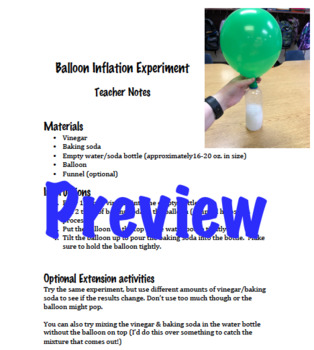


States Of Matter Balloon Inflation Experiment Baking Soda Vinegar



Yeast Balloon Experiment Worksheet Page 5 Line 17qq Com



Science The Scientific Method Lesson 3 The Scientific Method Balloon Experiment Ppt Download



Simple Science Baking Soda Vinegar Balloon Experiment Balloon Science Experiments Easy Science Fair Projects Science Experiments Kids Preschool



Title Of Your Project Your Name Purpose Why Are You Conducting The Experiment Or What Question Are You Trying To Answer Ppt Download
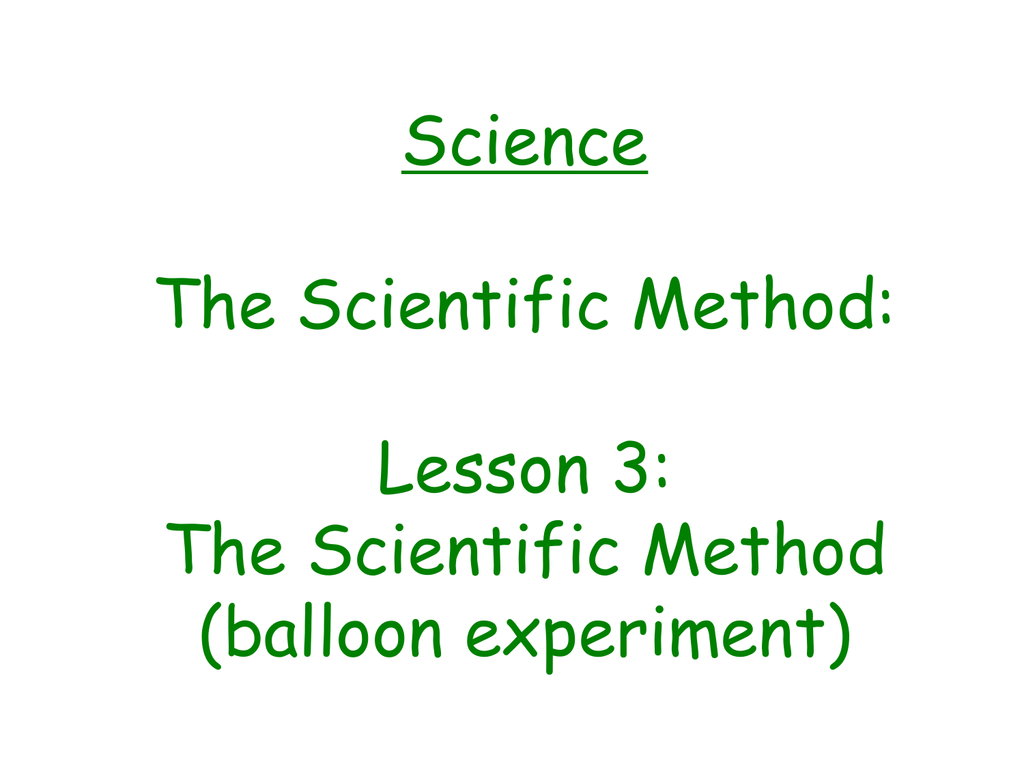


Lesson 3 Balloon Experiment
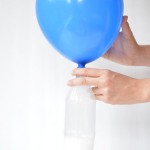


Baking Soda And Vinegar Balloons



Baking Soda Vinegar And A Balloon Oh My Scientific Method Data Sheet



How To Inflate A Balloon Using Baking Soda And Vinegar
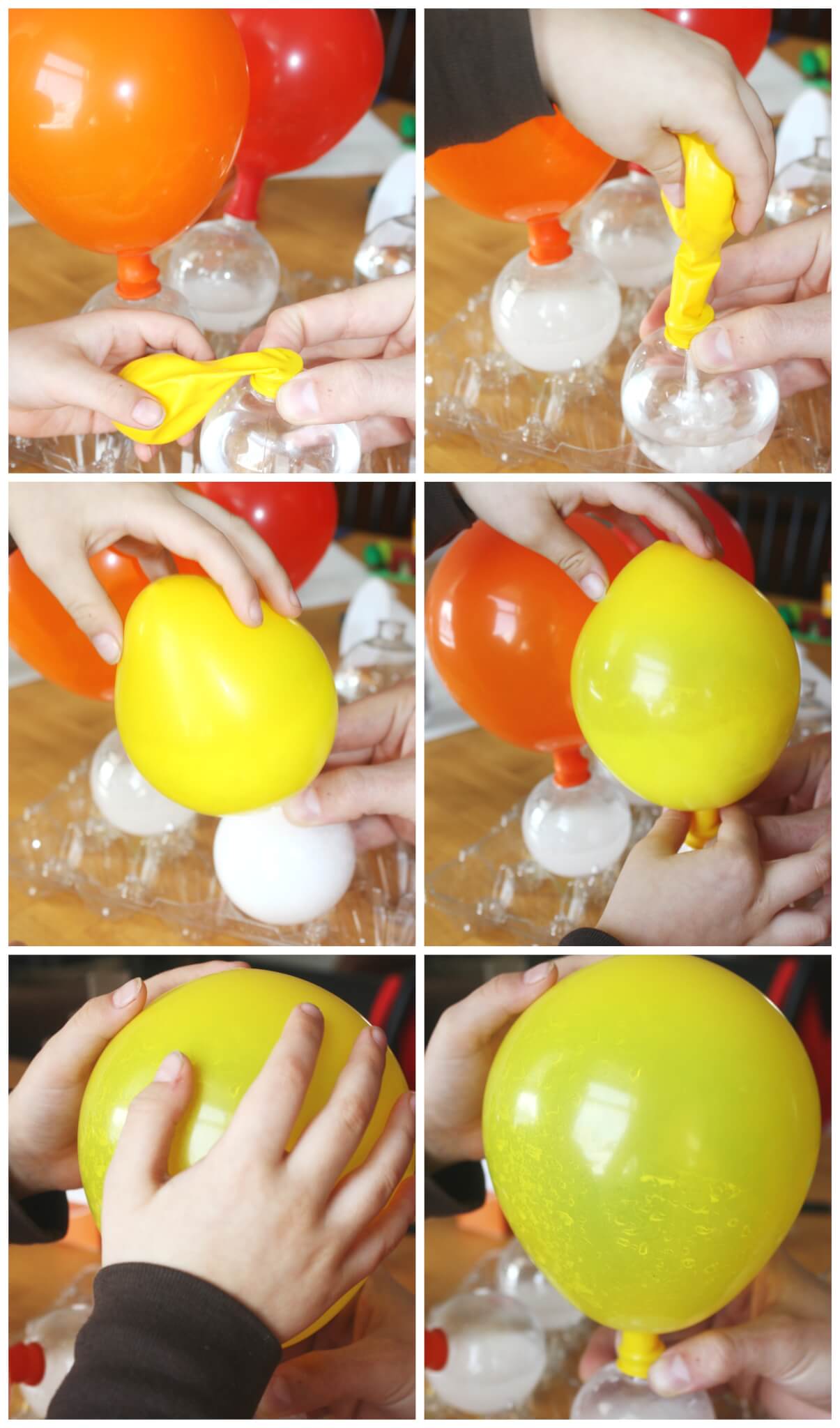


Balloon Baking Soda Vinegar Science Experiment For Kids



Classroom Resources Inflating A Balloon With Chemistry ct
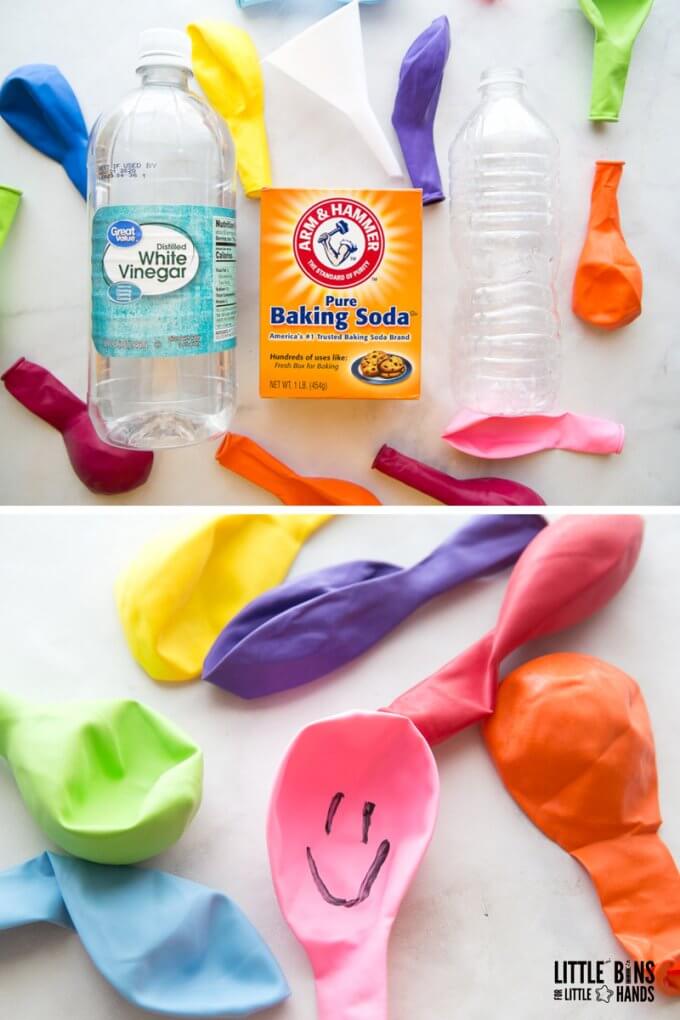


Balloon Baking Soda Vinegar Science Experiment For Kids



Baking Soda And Vinegar Balloon Experiment Science Project Education Com
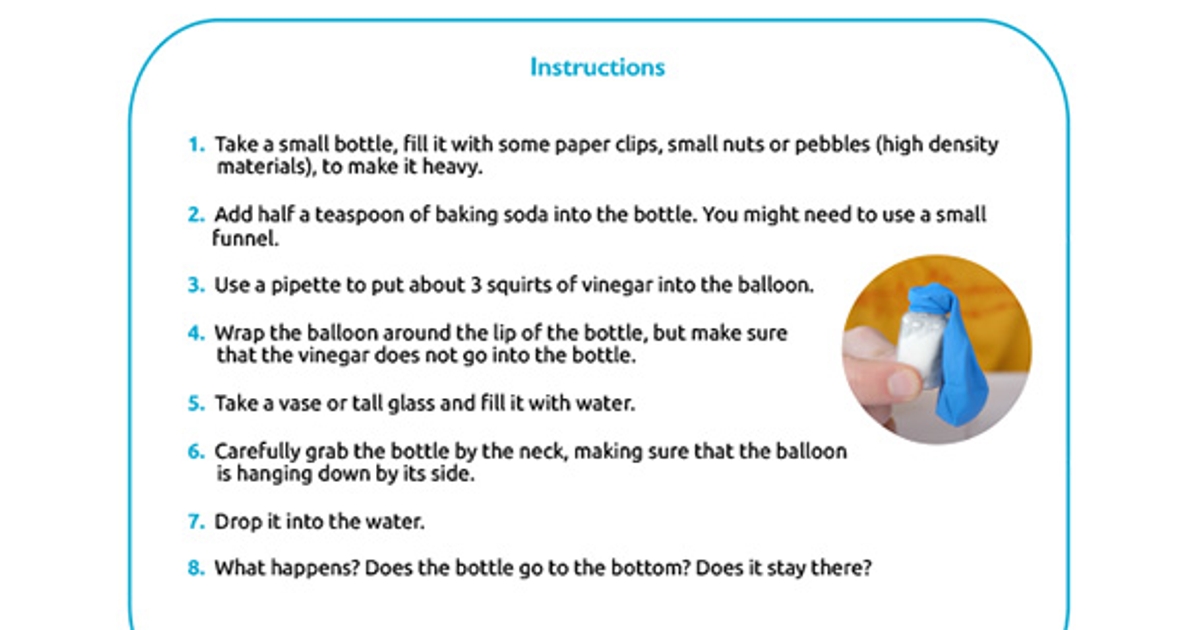


Printables Baking Soda Vinegar Experiment Hp Official Site



Alexis Sip Logbook



Middle School Science Expo This Week Wdc Public Schools
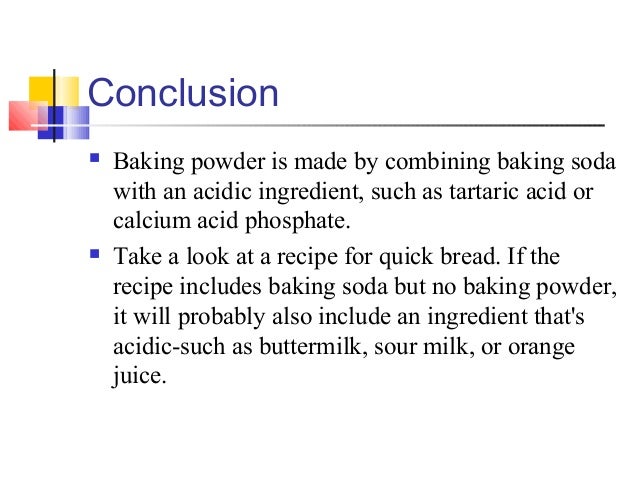


How To Inflate A Balloon Using Baking Soda And Vinegar



How Matter Can Be Mixed Chemistry Experiments Science Chemistry Science
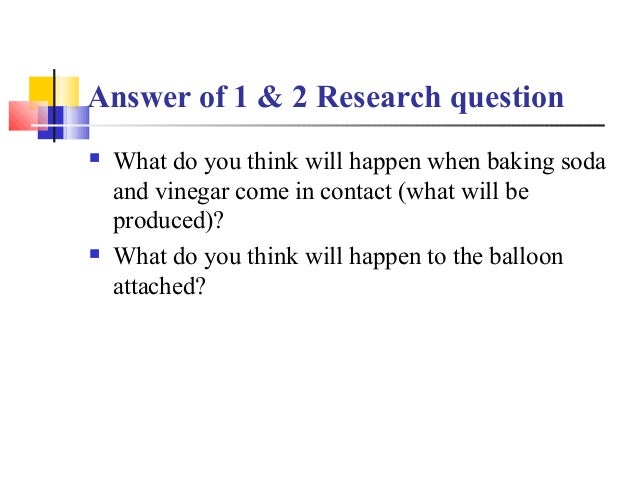


How To Inflate A Balloon Using Baking Soda And Vinegar



Baking Soda And Vinegar Balloon Experiment Youtube



Law Of Conservation Of Mass Baking Soda And Vinegar Experiment With Balloon Simple Setup For Mi Chemistry Classroom Science Classroom Middle School Science



Super Fun Experiment For Kids And Big Kids Blow Up Balloons With Vinegar Baking Soda These Will Not F Blowing Up Balloons Fun Experiments For Kids Balloons



Balloon Baking Soda Vinegar Experiment For Kids Bilingual Education Activities
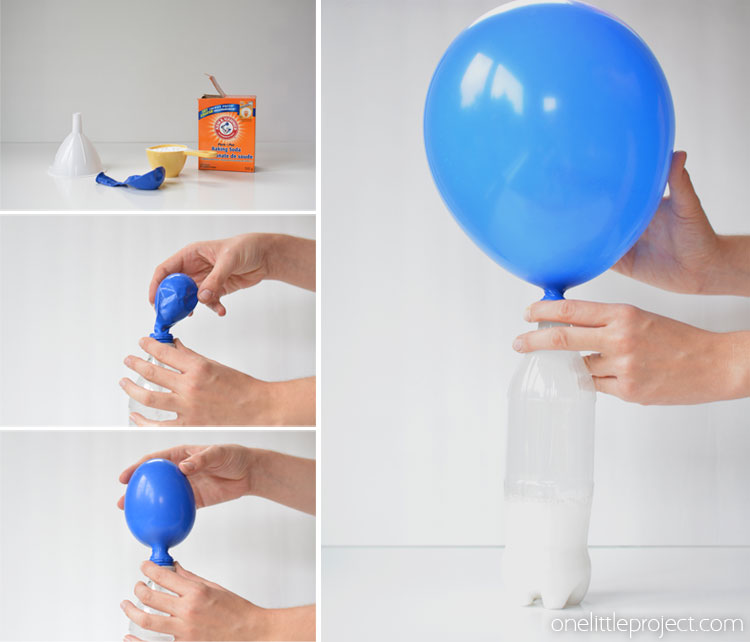


Baking Soda And Vinegar Balloons



Baking Soda And Vinegar Balloon Experiment Science Royalty Free Cliparts Vectors And Stock Illustration Image
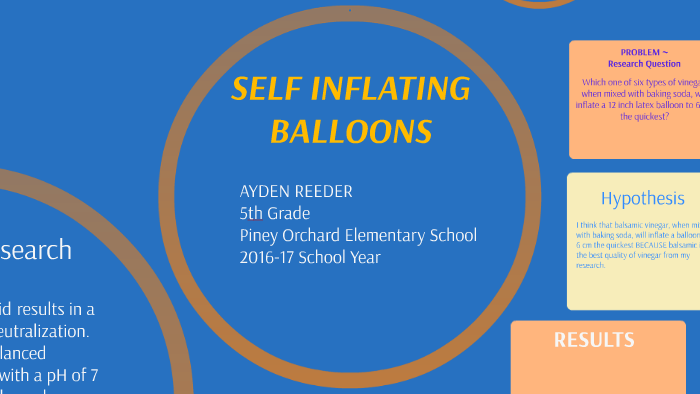


Self Inflating Balloons By Christina Reeder



Baking Soda And Vinegar S Reaction Perkins Elearning
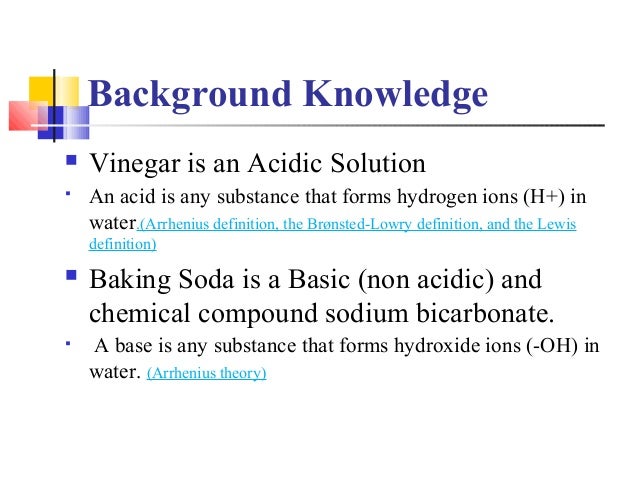


How To Inflate A Balloon Using Baking Soda And Vinegar
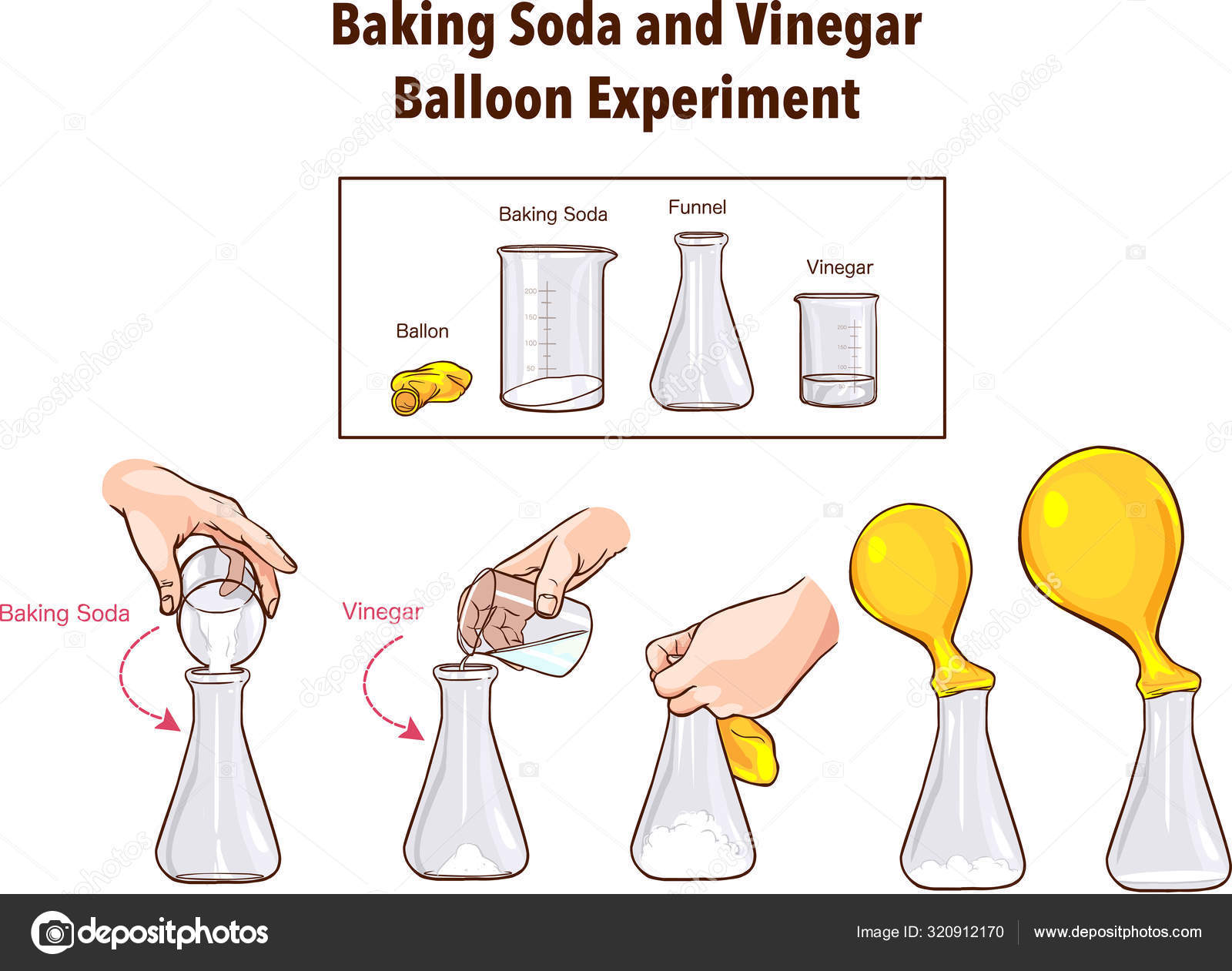


Baking Soda And Vinegar Balloon Experiment Science Vector Image By C Corbacserdar Gmail Com Vector Stock
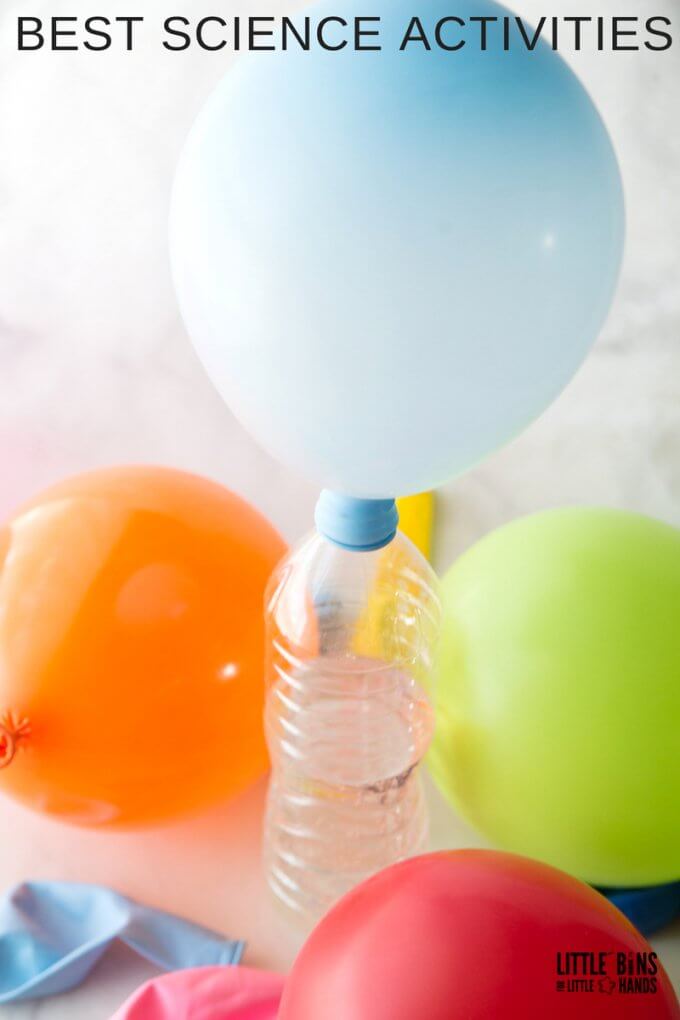


Balloon Baking Soda Vinegar Science Experiment For Kids


Home Page



Baking Soda Vinegar Balloon Experiment Youtube



Baking Soda And Vinegar Experiment Report



Balloon Blow Up Science Experiment Children S Museum Of Sonoma County
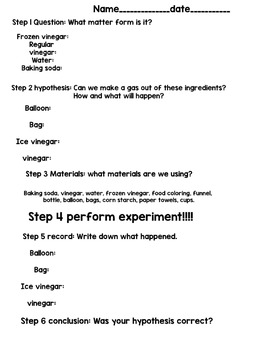


Baking Soda And Vinegar Experiment Worksheets Teaching Resources Tpt



How To Make A Heavy Balloon We All Know That Balloons When Inflated With Helium Float Because Helium Is Lighter Than Air But Have You Ever Thought Ppt Download



Baking Soda And Vinegar Balloon Experiment Conclusion



Use Vinegar And Baking Soda To Blow Up A Balloon Discovery Express



This Experiment Involved Putting 50ml Of Vinegar I Chegg Com



Expanding Balloon Room Ppt Download



Blow It Up Room 118 Blow It Up Room 118 Can You Inflate A Balloon Without Using Your Mouth Question Ppt Download



Balloon Baking Soda Vinegar Experiment For Kids Bilingual Education Activities
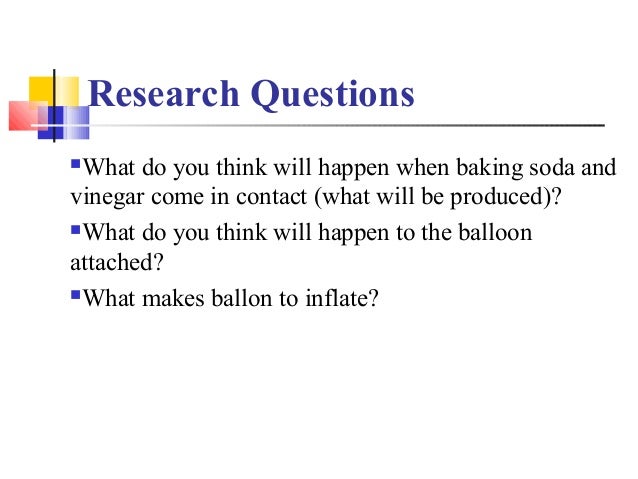


How To Inflate A Balloon Using Baking Soda And Vinegar


Krokotak The Self Inflating Balloon



Balloon Baking Soda Vinegar Experiment For Kids Bilingual Education Activities
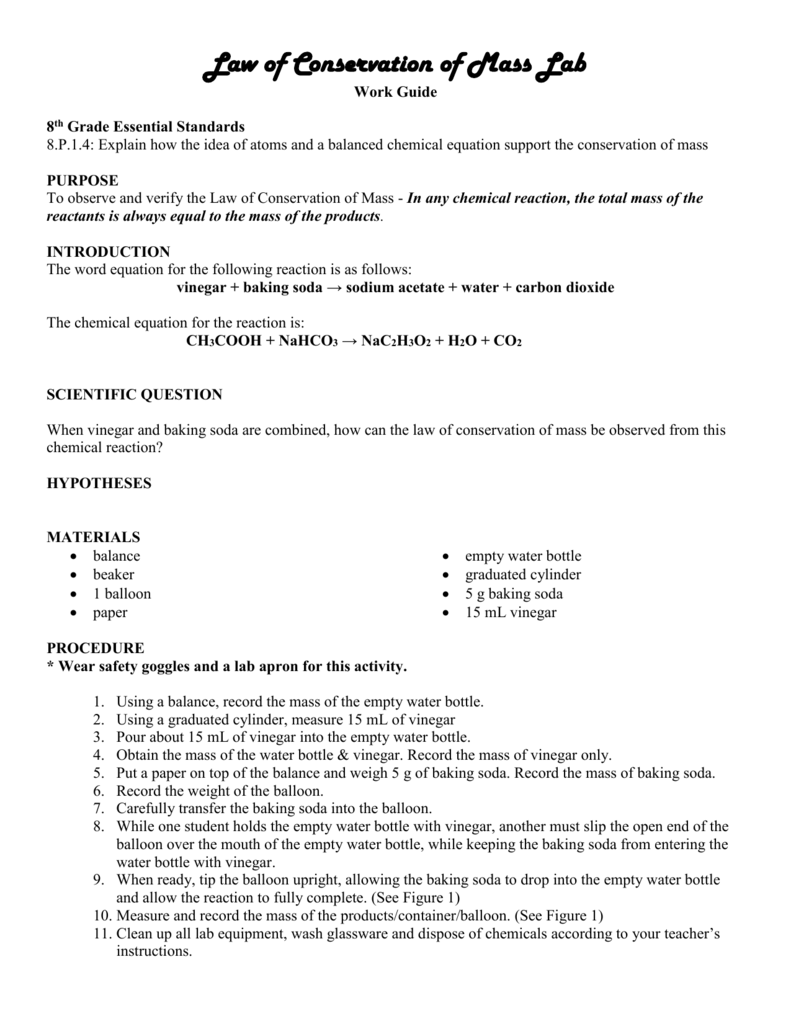


Law Of Conservation Of Mass Lab
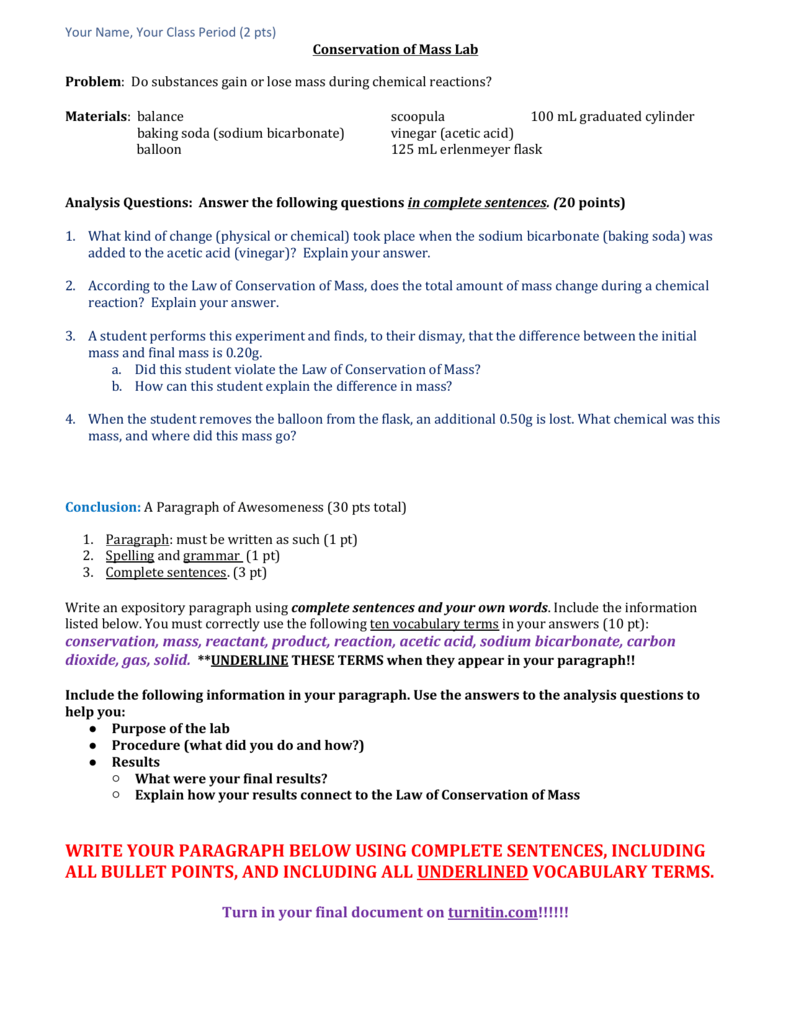


Ol Conservation Of Mass Lab



Title Of Your Project Your Name Abstract For Written Report Only Example A Volcano Is An Opening On A Planet S Surface Or Crust Which Allows Hot Magma Ppt Download
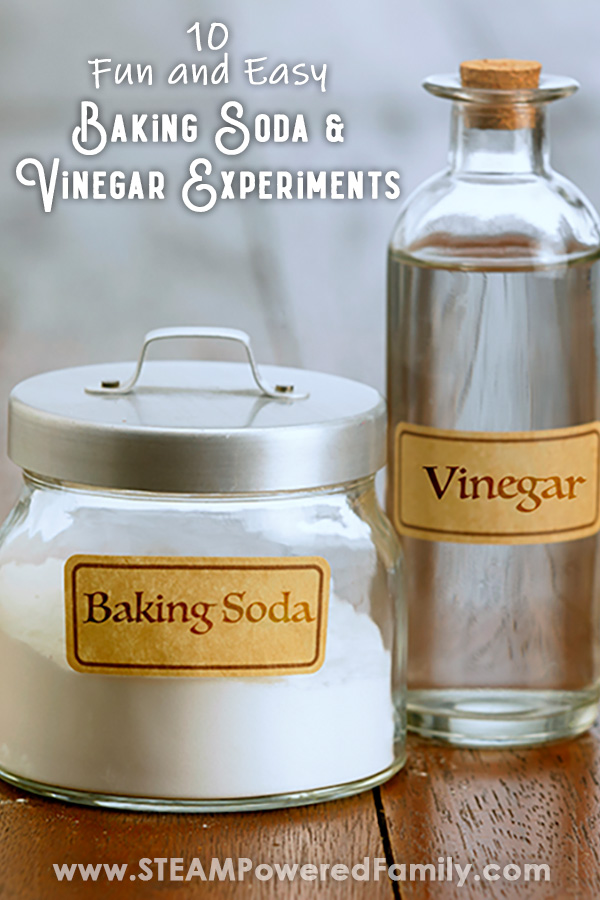


10 Fun And Easy Baking Soda And Vinegar Experiments



Baking Soda Vinegar And A Balloon Oh My Scientific Metho Scientific Method Baking Soda Experiments Baking Soda Vinegar



Magic Balloons Playdough To Plato
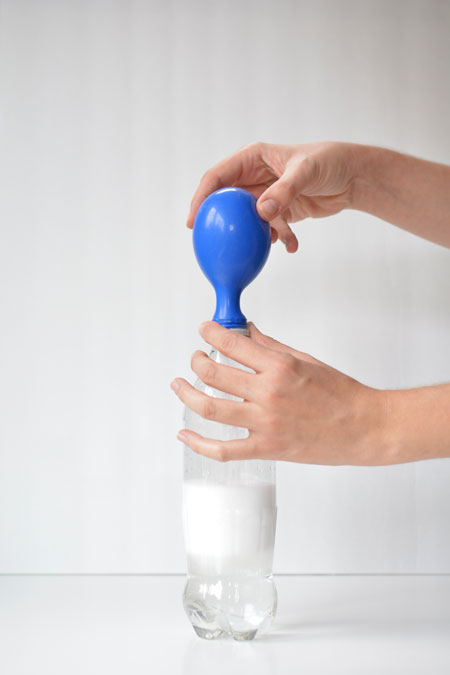


Baking Soda And Vinegar Balloons



Controlling The Amount Of Products In A Chemical Reaction Chapter 6 Chemical Change Middle School Chemistry



Balloon Experiment Baking Soda Experiments Balloon Experiment Experiments



Baking Soda And Vinegar Experiment Conclusion 4 Cool Science Experiments With Baking Soda And Vinegar
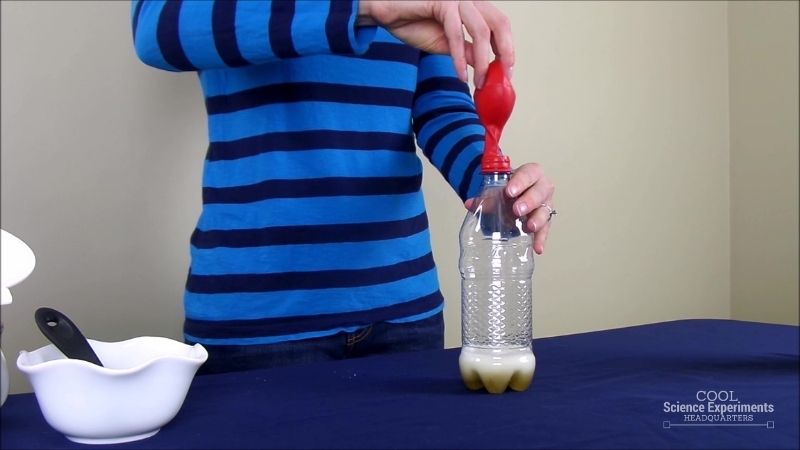


Balloon Blow Up Science Experiment



Chemical Reactions Lab



Baking Soda And Vinegar Balloon Science Project Education Com



Baking Soda And Vinegar Balloon Science Project Education Com



How To Inflate A Balloon Using Baking Soda And Vinegar



Science Fair Project Magical Popcorn Purpose Question What Do I Want To Find Out What Will Happen When You Add Baking Soda And Vinegar To Popcorn Ppt Download



Balloon Baking Soda Vinegar Science Experiment For Kids



Designing An Experiment Using Baking Soda And Vinegar Pdf Free Download



Baking Soda And Vinegar Experiment Procedure Simple And Fun Vinegar And Baking Soda Science Experiments



Blow Up A Balloon With Baking Soda And Vinegar Frugal Fun For Boys And Girls Cool Science Experiments Science Fair Projects Fun Science


Balloon Experiments A Unique Hands On Science Night
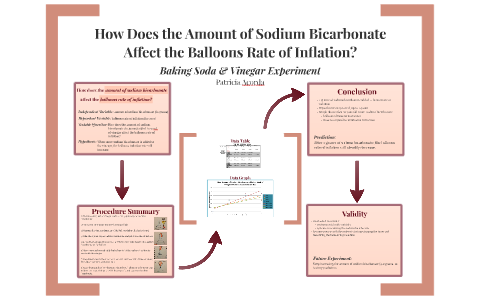


Baking Soda Vinegar Experiment By Pat Acorda On Prezi Next



0 件のコメント:
コメントを投稿